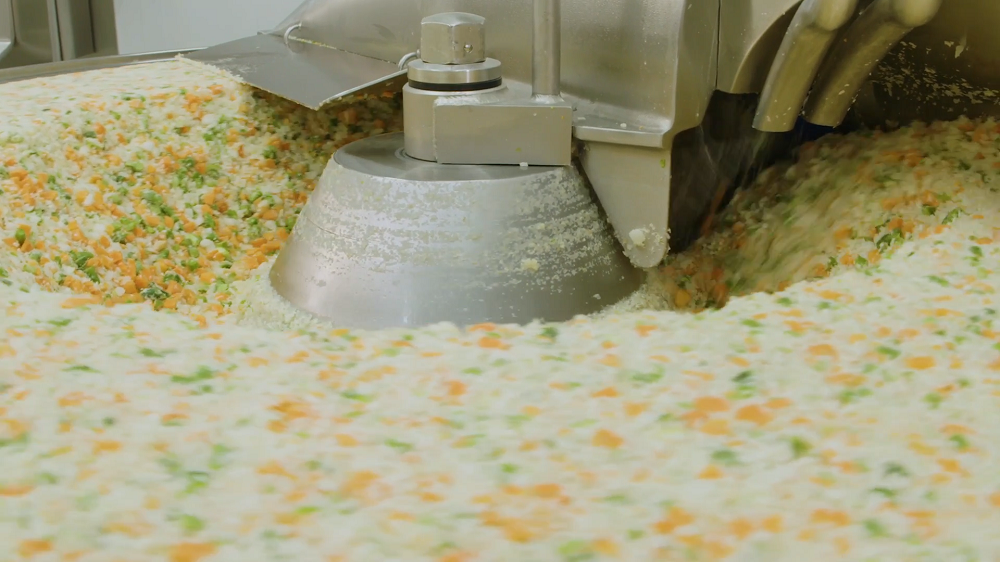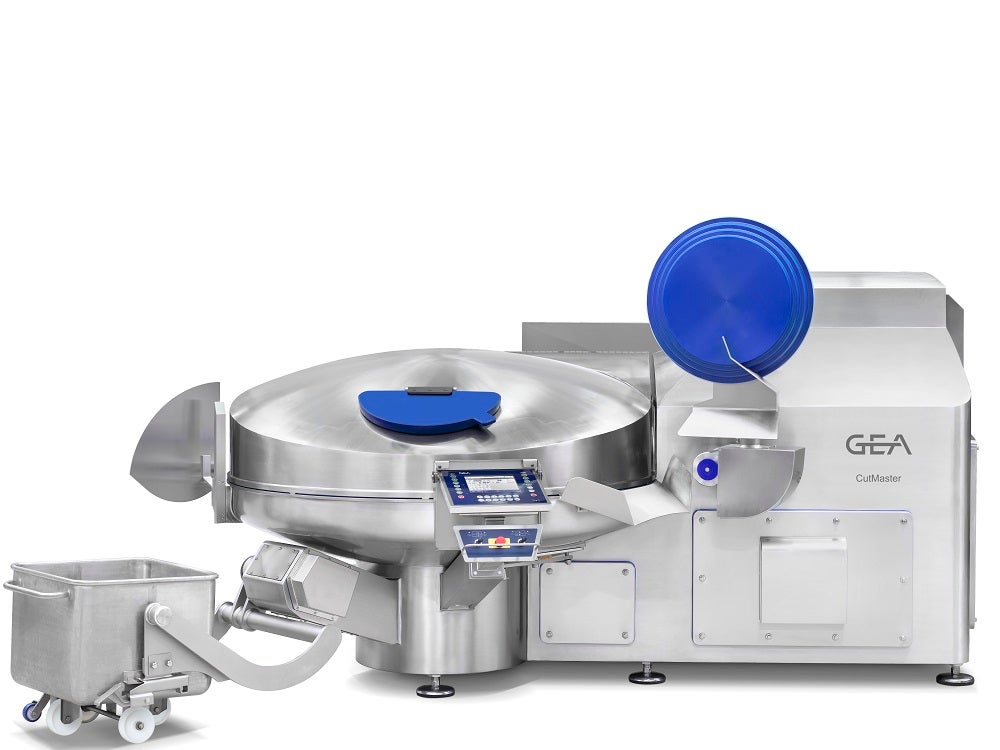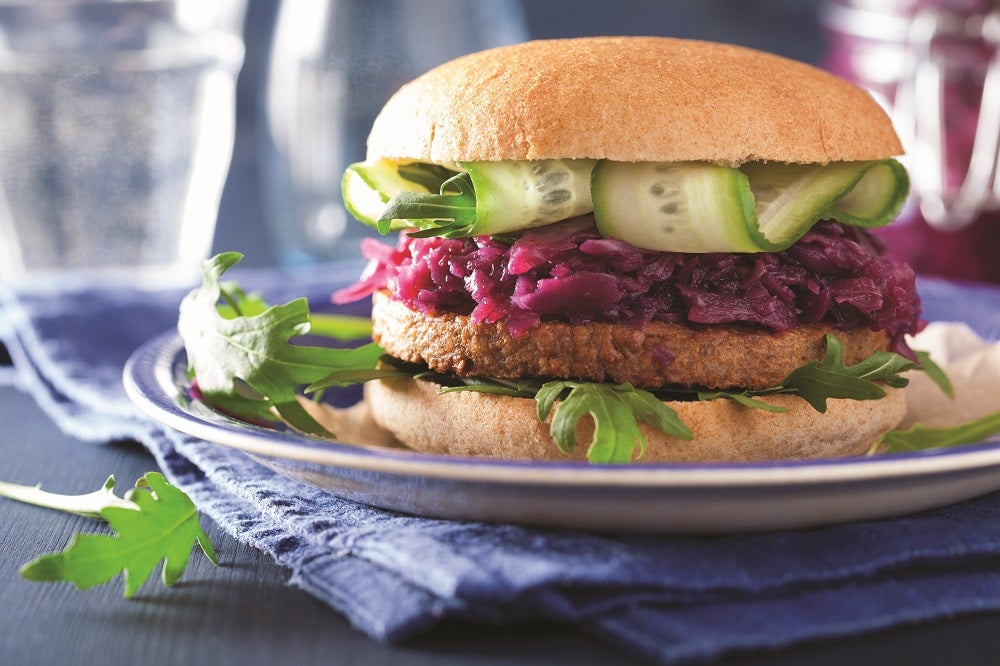For decades, industrial agriculture has been a reliable and affordable food source for billions of people worldwide, but over the past few years research has exposed the stark environmental cost of conventional food production.
According to research published in Our World in Data, more than 300 square metres of land is required to produce a single kilogramme of beef, which generates an average of almost 100 kg of carbon dioxide equivalents (CO2e). The analysis shows that lamb and mutton are the second highest greenhouse gas emitting proteins to produce, and it might be surprising to learn that cheese ranks third – with a GHG footprint higher than chicken, pork and eggs.
Meat-free innovations on the rise
In comparison, plant-based proteins, such as tofu, chickpeas and lentils generate a fraction of CO2e per kilogramme, cementing the low-carbon credentials of a diet rich in these proteins. Consumers worldwide, seeking more sustainable ways of living, are embracing these flexitarian and fully vegan diets, which are also perceived to be healthier and more ethically sound.
The evidence for this can be seen in the amount of shelf space devoted to plant-based, meat-free innovations in supermarkets in the world’s major economies, which have exponentially grown since the pandemic.
The appetite for alternative proteins is there and the long-term market opportunity is certainly there – by 2050, the world’s population is anticipated to reach almost 10 billion and that’s a lot of hungry mouths to feed while at the same time reducing global meat consumption. The question for food manufacturers is: will your new product ranges be compelling enough to win over a new audience who are increasingly spoiled for choice?
Will you lead the protein revolution or fall behind?
The importance of mix, process and emulsion in plant-based staples
“Consumers expect products that are full of flavour with a delicious and recognisable texture and appearance, as well as a high nutritious profile but balancing these components can be a challenge without the right knowledge,” says Nils Beyer, a food application technologist at food technology group GEA.

“Vegetarian and especially vegan substrates do not perform in the same way as meat-based substrates during processing and it is important to understand that you cannot simply copy a process or use the same equipment that you would use for a meat product. Achieving excellent, repeatable results when creating plant-based food that replicate the taste of chicken, seafood or beef presents a range of challenges, and all aspects of production must be considered to create a product that is tasty, healthy, visually appealing, and sustainable along the value chain.”
GEA, one of the largest food processing and technology companies in the world, unpacks some of the key components that food manufacturers must prioritise to create commercially successful plant-based products in a new whitepaper.
Of these, product mix and emulsion are ranked highly.

Beyer explains: “The meat alternative must have the same mouthfeel as meat and so getting the texture right is vital, especially in a way that can withstand further processing such as forming, coating, cooking, chilling, freezing or packaging. Part of this is the effective rehydrating of the Texturised Vegetable Protein (TVP). Whether soy, lentil, chickpea based or another, it is bound together with the water, oil and a binding agent, like methylcellulose. This happens at a controlled temperature so that the mix doesn’t fall apart when the customer is preparing it.”
He points to the firm’s latest iteration of the CutMaster, capable of achieving several of the necessary stages in producing vegetable-based food, such as chopping, mixing, cooling and emulsifying, in one machine as an example of the firm’s deep understanding of evolving customer requirements.

“We can transform the way people eat to reduce the negative impact of agriculture on our planet and to do that we need to scale up production of plant-based foods,” Beyer says. “Part of this comes down to food companies working with technology partners like GEA, which has been innovating in food processing for more than 60 years, to create products that will have the flavour, texture and mouthfeel to grow a loyal customer base. If you haven’t already started to expand into plant-based, now is the time.”
Download GEA’s new whitepaper below to discover the key factors that influence success in plant-based food.









